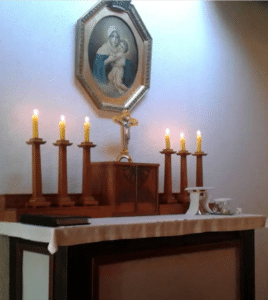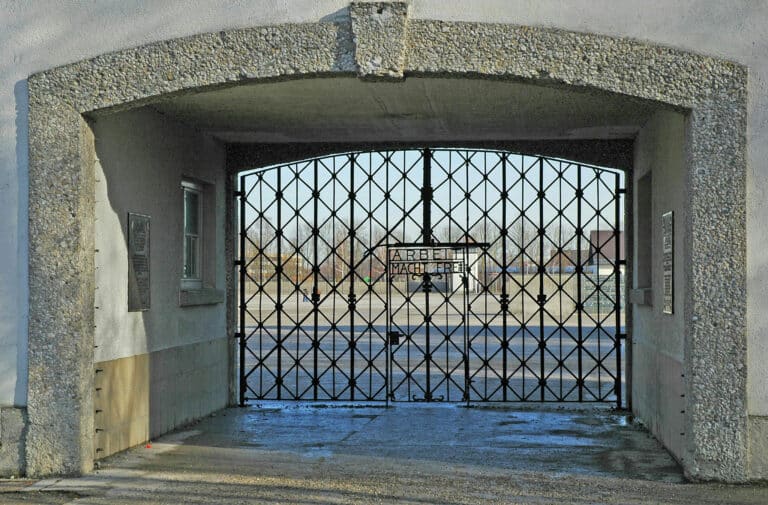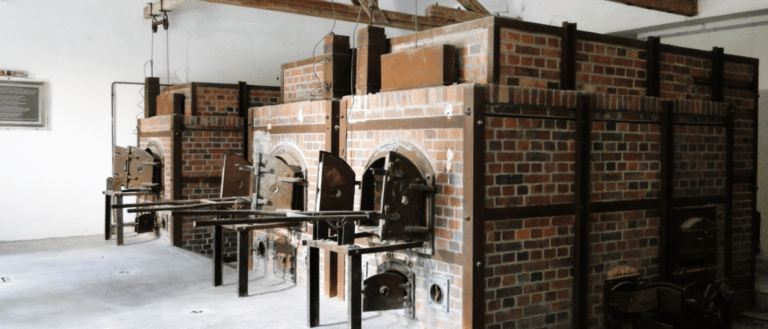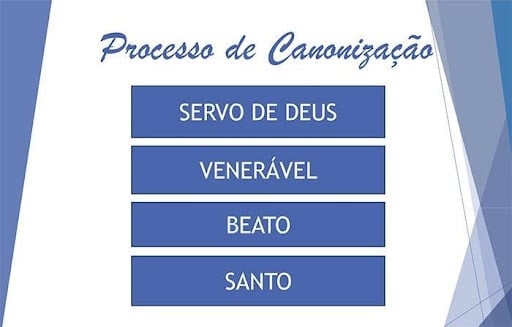The Dachau concentration camp was opened in March 1933. It was built in a former gunpowder factory near Dachau. Personalities considered dangerous for the Nazi regime were imprisoned here. They were those who, at that time, helped to influence people’s thoughts and decisions: politicians, members of a religious order, artists, or teachers.
Dachau was the first concentration camp built by the Nazis. This was six years before the outbreak of World War II. Records show that around 200,000 prisoners passed through this camp, including French, Poles, Soviets, and Italians. There was a pavilion there that the jailers nicknamed the “bunker of honor”, where great personalities from public and religious sectors were housed.
Although it was not considered an extermination camp, between 100 and 150 prisoners died there every day. “It was the same routine every day”, says Jean Kammerer, a priest held captive in Dachau.
More than 32,000 prisoners were executed or died of disease, malnutrition, or abuse in this camp. Dachau prisoners were also used as test subjects in Nazi medical experiments. The best allies of the Third Reich’s extermination policy were typhoid, overcrowding, starvation and cold weather. There were days when the temperature reached 20 degrees below zero.
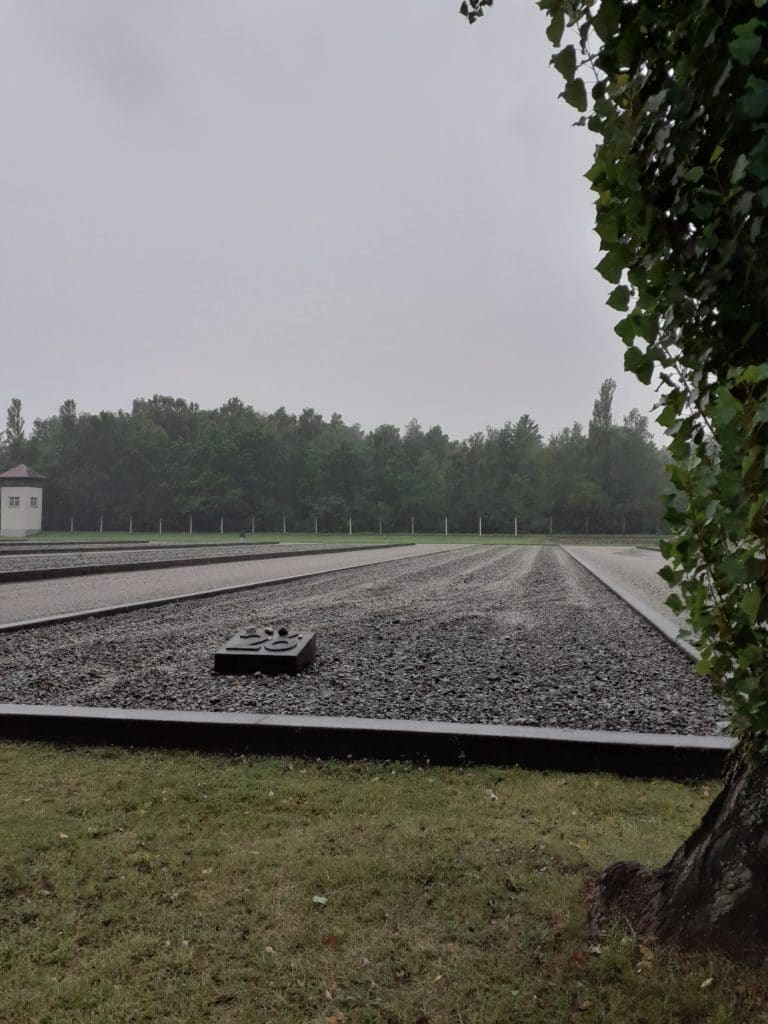
Priests’ life in Dachau
A total of 2579 Catholic priests were registered as prisoners in Dachau. German priests and those from countries linked to Germany occupied Block 26, known as the “priests’ block”, while Polish priests housed in Block 28 suffered much harsher living conditions.
t is true that the priests had certain privileges in Dachau, such as being able to celebrate Mass, have a chapel or be exempt from forced labor, but it is also true that they suffered all the other hardships, unfortunately normal in a concentration camp: hunger, cold, fear, disease, humiliation, hostility, and the permanent death threat.
Pope Pius XII, insofar as he could intervene, contacted Hitler, demanding that in all concentration camps priests should have at least one chapel. To make this possible, the priests in Dachau had to give up one of the rooms in the block, which further reduced space.
The Dachau chapel was completed on January 20, 1941. The priests themselves built it: the tabernacle and the altar (nowadays these pieces are on Mount Moriah in Schoenstatt), the candlesticks, the monstrance, among other objects. Here was the Eucharistic Jesus in the midst of the prisoners – but Jesus was a prisoner as well because, besides the German priests of Block 26, no one else could come to him.
Despite the difficulties, the construction of the chapel was a great comfort for the priests as well as for the other prisoners. It meant knowing that Jesus was in their midst in the camp and that He was there as the one who was crucified and crowned with thorns.
In order to attend Mass, the priests had to get up even earlier than the other prisoners, since the Mass period was not part of their work schedule. During the war, the priests themselves made three different doors for the tabernacle. On one of them, on a metal plate, Jesus’s own words were engraved: “Behold, I am with you every day” – every day, even here! Even now!
The suffering in Dachau inspired a deep solidarity. Thus, the hidden distribution of Holy Communion became a powerful moment of unity in Christ. The Polish priests, the sick and the other prisoners could not participate in the Mass. Therefore, in the chapel of Block 26 there was a container with particles, which were consecrated and then distributed to the other prisoners who could not be present. The Blessed Sacrament was kept in a piece of paper and broken into small pieces to give Communion to the other prisoners. All these actions exposed them to death, as they were forbidden.
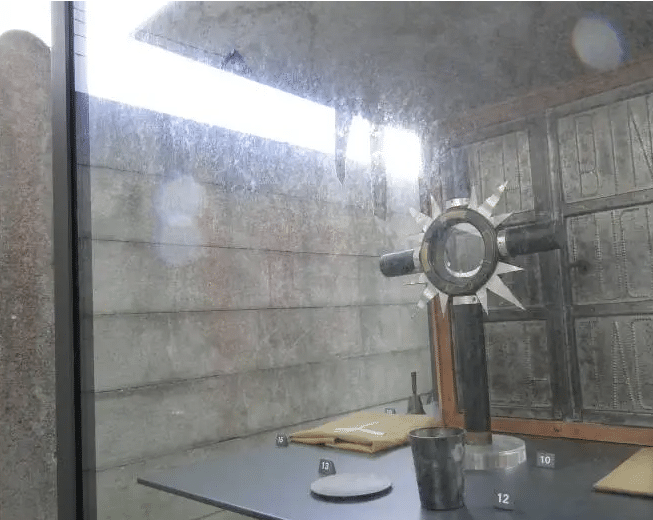
The only priestly ordination in a concentration camp
Karl Leisner, a Schoenstatt deacon, who had fallen ill with tuberculosis and whose strength had diminished greatly, did not know if it would be possible for him to receive the Priestly Ordination Sacrament. In September 1944, a bishop from France, Bishop Gabriel Piquet, arrived in Dachau as a prisoner and offered to preside at the celebration. They clandestinely obtained the papers and permission from the pertinent bishops, so that Leisner could be secretly ordained. The imprisoned priests, in the little free time they had, made up everything necessary for an ordination: mitre, crosier, ring, gloves, vestments (these objects are exposed in the camp, in front of the Carmel chapel). It was a very dangerous feat, and immediately after its conclusion, the bishop had to leave in silence so that no one would notice that something of great importance had taken place: a priestly ordination, the only one in history to have taken place in a concentration camp.
Karl Leisner’s first priestly act after his ordination was to visit the Polish priests in the next block and give them a neo-priestly blessing.
